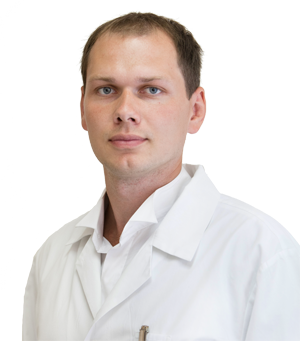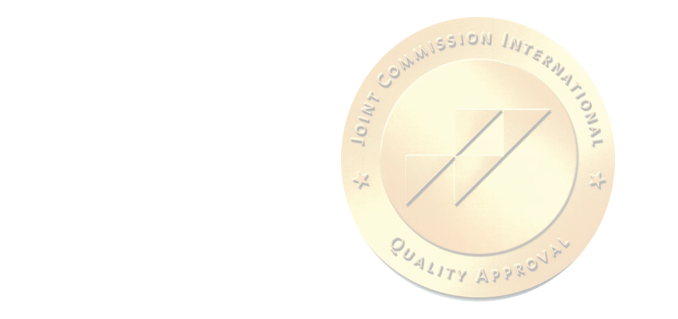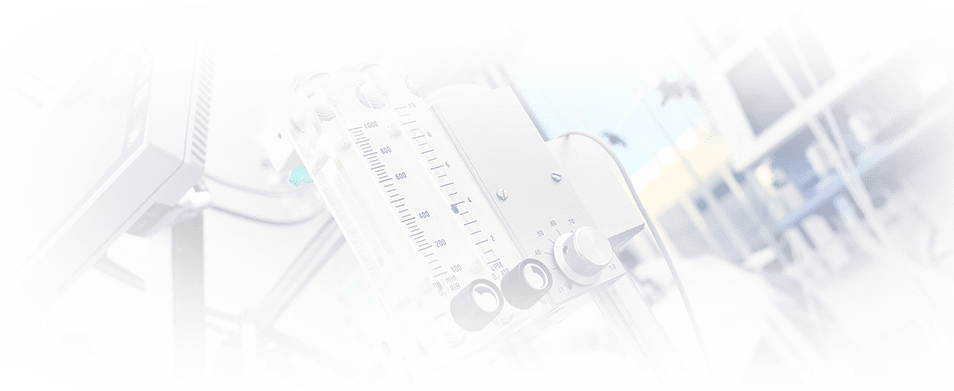ARI

Physician-therapist, somnologist
Novikov Maxim
Experience 13 year
Doctor of the highest category. Member of the European Respiratory Society and the Russian Respiratory Society
ARI - is an acute respiratory infection. It is not a separate illness, but a collective term that combines a group of all pathologies of the respiratory system, regardless of their genesis. Viruses, bacteria and intracellular parasites can be triggers. Its spread is enormous. There are outbreaks occurring in the autumn-spring period and turning into epidemics. Infections affect all population groups. They are particularly dangerous for children under one year of age and people with reduced immunity.
Disease information
Acute respiratory diseases are a group of infectious processes in which pathogens enter the human body through the respiratory tract and provoke respiratory tract injury syndrome. This process is accompanied by signs of infectious intoxication of the body.
The duration of the infectious period varies depending on the type of pathogen and it can last from a few hours to several days. ARI is widespread, in the autumn-spring period, more than 80% of preschool and school-age children face this problem. The prognosis is favourable with timely intervention and differential diagnosis. Recovery occurs without complications.
This diagnosis is made before the type of pathogen is identified. The provoking factors can be:
- various bacteria;
- viral infections;
- chlamydiae;
- mycoplasmas.
The source of infection is an infected person. The patient poses the greatest danger to the collective during the first week of pathogen activity. Viruses and bacteria are spread by the aerosol principle, by coughing and sneezing. Natural resistance to pathogens varies and it is high in children under the age of 10 and people with reduced immunity. Consequently, the main cause of infection is contact with a person with a cold when social distance and general hygiene rules are not observed.
Symptoms of general infectious intoxication are typical. Symptoms differ depending on the type of pathology and the causative agent:
- inflammation of nasal mucous membranes, accompanied by impaired sense of smell, sneezing and nasal discharge;
- inflammation of mucous membranes of the throat with tickling and pain in the throat of varying degrees. A dry, throaty cough may occur;
- inflammation of laryngeal mucous membranes is accompanied by swelling, absence or change in voice, sore throat and cough;
- tracheal inflammation - dry cough and significant retrosternal pain syndrome;
- inflammation of bronchial mucous membranes and bronchioles - a severe cough with or without wheezing appears, sputum is secreting.
At the initial stage of acute respiratory infections, the signs are clearly noticeable. The patient complains of general weakness, malaise. With acute respiratory infections, the temperature is often high, reaching 38 ° C.
Specific prevention of acute respiratory infections consists of the use of interferons in the infected area and vaccinations to prevent epidemics. These methods are now unpopular, so doctors recommend simply paying attention to hygiene, isolating patients when they are sick and avoiding overcrowding in children's groups.
ARI has a favourable prognosis, recovery often occurs without consequences for the body. The prognosis worsens if the body is weakened. It is dangerous only for children under the age of 1 year, elderly people and people with systemic diseases. The general weakening of the body can lead to the development of pathologies that can be fatal.
Treatment process
Acute respiratory viral diseases are treatable. The best results are achieved with a comprehensive approach and early interventions against the pathogen. In typical cases, the pathology begins with a feeling of discomfort, a tickly nose and throat, sneezing and a runny nose. Gradually, the intensity of symptoms increases, signs of intoxication join, body temperature rises and non-productive cough appears.
The basis for the diagnosis of acute respiratory infections is the clinical picture. Laboratory tests are used to determine the type of inflammatory process and the nature of the pathogen. If the pathology is of microbial origin, tests will confirm leukocytosis. Lymphocytosis appears in viral infections. A chest X-ray is indicated for marked wheezing in the lungs. It can exclude inflammation of the lungs.
Diagnosis and treatment of the disease is provided by a therapist, family doctor, paediatrician (if the acute respiratory infection occurs in a child). If complications from ENT organs develop, a consultation of an otolaryngologist is indicated. If conjunctivitis joins, the help of an ophthalmologist is needed. The treatment period is from 7 to 14 days. Self-treatment or the use of unconventional medicines is not permitted and can lead to serious complications.
The treatment for an ARI consists of eliminating the symptoms and strengthening the body's immunity. The use of such medications is indicated:
- antipyretics;
- anti-inflammatory medications;
- nasal sprays to sanitise the nasal cavity and relieve breathing;
- anti-cough or expectorant medications;
- vitamins.
Dosages of medications and regimens are determined by the doctor. Clinical recommendations for acute respiratory infections include bed rest, adequate rest and lots of drinking.
FAQs
What are the dangers of acute respiratory infections?
Any person comes into daily contact with viruses and bacteria, but this does not always lead to illness. The disease only occurs when the immune system is reduced. When it is reduced, the pathology is dangerous. Complications that can lead to death are not excluded.
SARS and ARI - is there a difference?
Yes, they are similar terms that are often considered to be one and the same. But they are different from each other. ARI is a general term emphasising that the nature of the causative agent has not been identified. As for SARS, it is clear that the infection is of viral origin.
Can there be an acute respiratory infection without fever?
Yes, respiratory diseases can occur without fever. But it is a cause for concern and it confirms that the protective function of the immune system is suppressed. The patient should tell the doctor that the body temperature is within normal limits in the background of general signs. This may indicate the need for further investigation.
How long does the treatment last?
If the causative agent is correctly identified and the patient has no underlying systemic disease, the prognosis is favourable. Relief will be achieved from 2 to 3 days after the start of the therapy, and the recovery will happen after a week. In complicated cases, it takes 2 weeks to stabilise. Residual symptoms may persist for up to a month.




